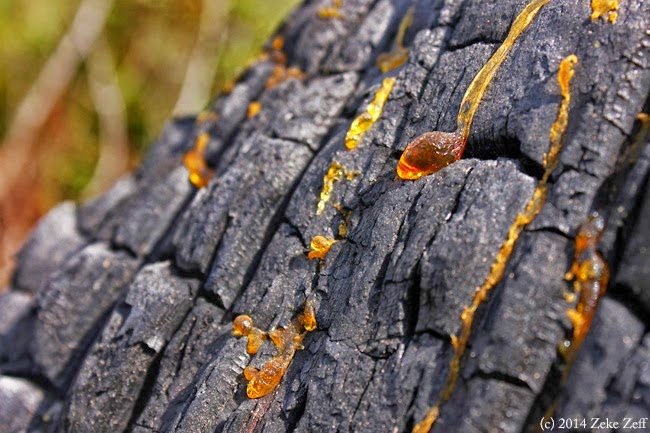In this morning's tentative calm after 2 months of fighting, we woke up to hope for the end of the conflict, but also to the reality of its aftermath. With the violence and political posturing, we have seen an increase in antisemitism abroad and in tensions between Israel's Arab and Jewish populations as well, often breaking out in violent acts within Israel's cities. This morning's paper carried an article about Israel's President Rivlin work to address this latter issue, describing "the rising voices of hatred, hotheadedness and racism in Israeli society, particularly between Arab and Jewish citizens of Israel." Israel still faces tremendous challenges to build a viable path forward with Gaza that does not simply create conditions for another war in 2 or 3 years time. A part of this work, would seem to be finding a path to justice and understanding internally between peoples who once lived side by side amicably. I am glad to be living in Haifa, with its tradition as a joint Jewish-Arab city during this time of both challenge and possibility. As we talk with both Arab and Jewish city residents, I've been impressed by the uniformly positive reaction to both Adam and Zeke planning to study Arabic this year.
 Speaking of Zeke, for those interested in following his photographic journeys, he has started a blog as well. It's a bit like taking a lovely stroll with him, although without some of the hotter, dustier parts and with the ability to rest and sip something cool.
Speaking of Zeke, for those interested in following his photographic journeys, he has started a blog as well. It's a bit like taking a lovely stroll with him, although without some of the hotter, dustier parts and with the ability to rest and sip something cool.
In between checking news reports and trying to maintain a sense of normalcy, I've also begun trying to understand public health conditions here, beginning with the lens of health disparities since that is the focus of my knowledge base of health in the US. We've watched the events in Ferguson from a distance and reading about disparities here in Israel between Arab and Jewish populations reminds me acutely of similar and often more marked disparities back home between African-American and white populations. Comparing the numbers with those in the US is really quite striking. Continuing to try to understand these issues, hopefully with the help of some contacts in the public health community here.
2.7 per 1000 births among Israeli Jews
6.8 per 1000 births among Israeli Arabs
5.5 per 1000 births among US Whites
12.8 per 1000 births among US Blacks
Children living in poverty
24% among Israeli Jews
66% among Israeli Arabs
13% among US Whites
38% among US Blacks


